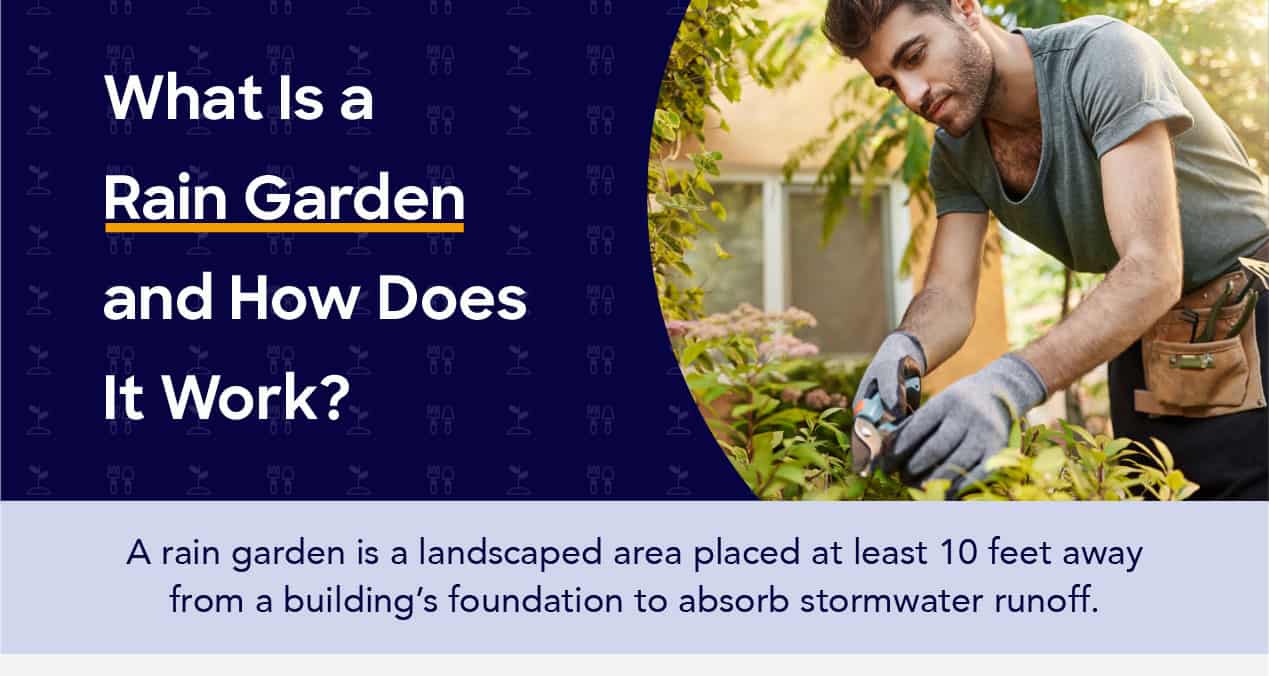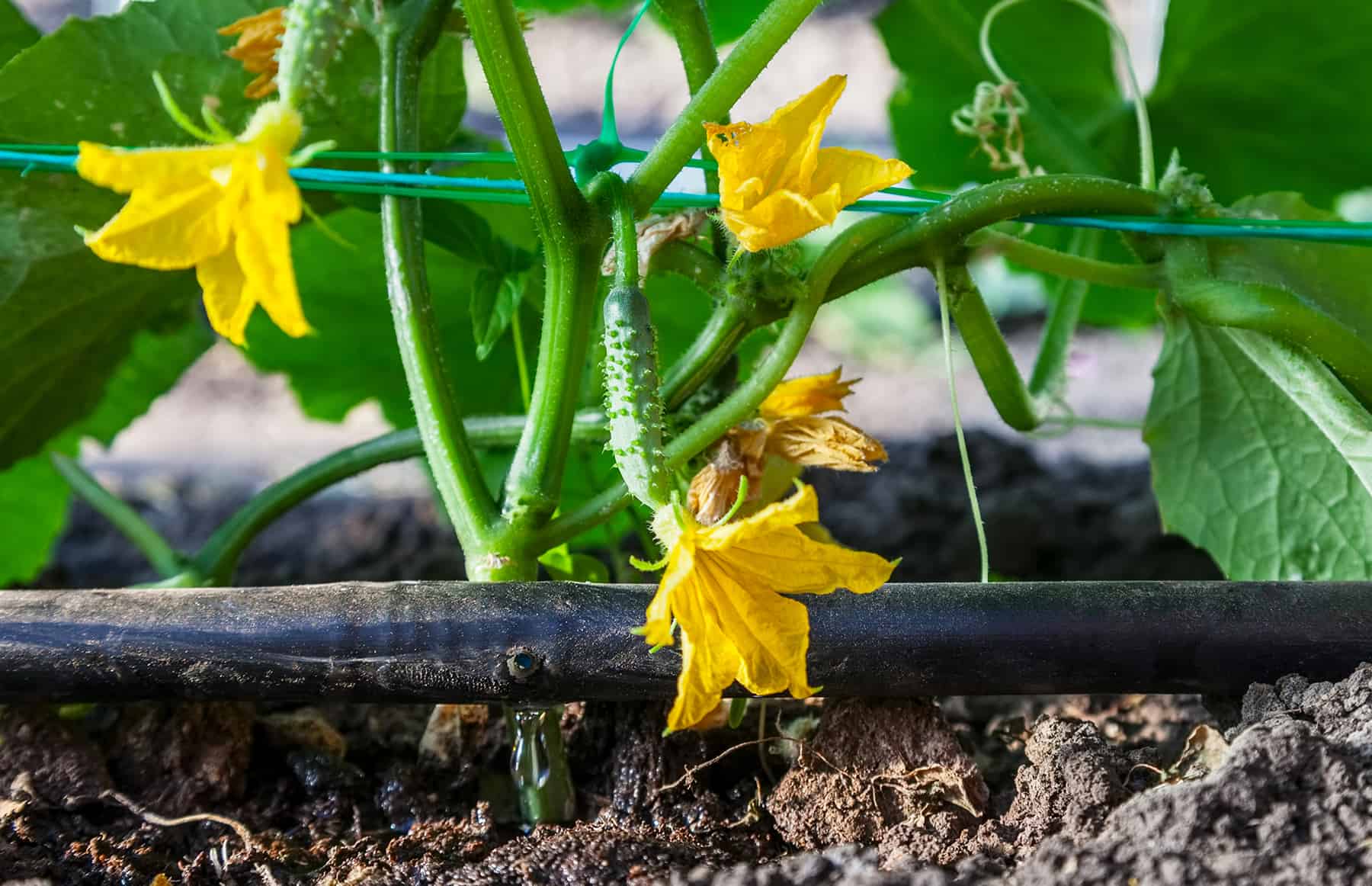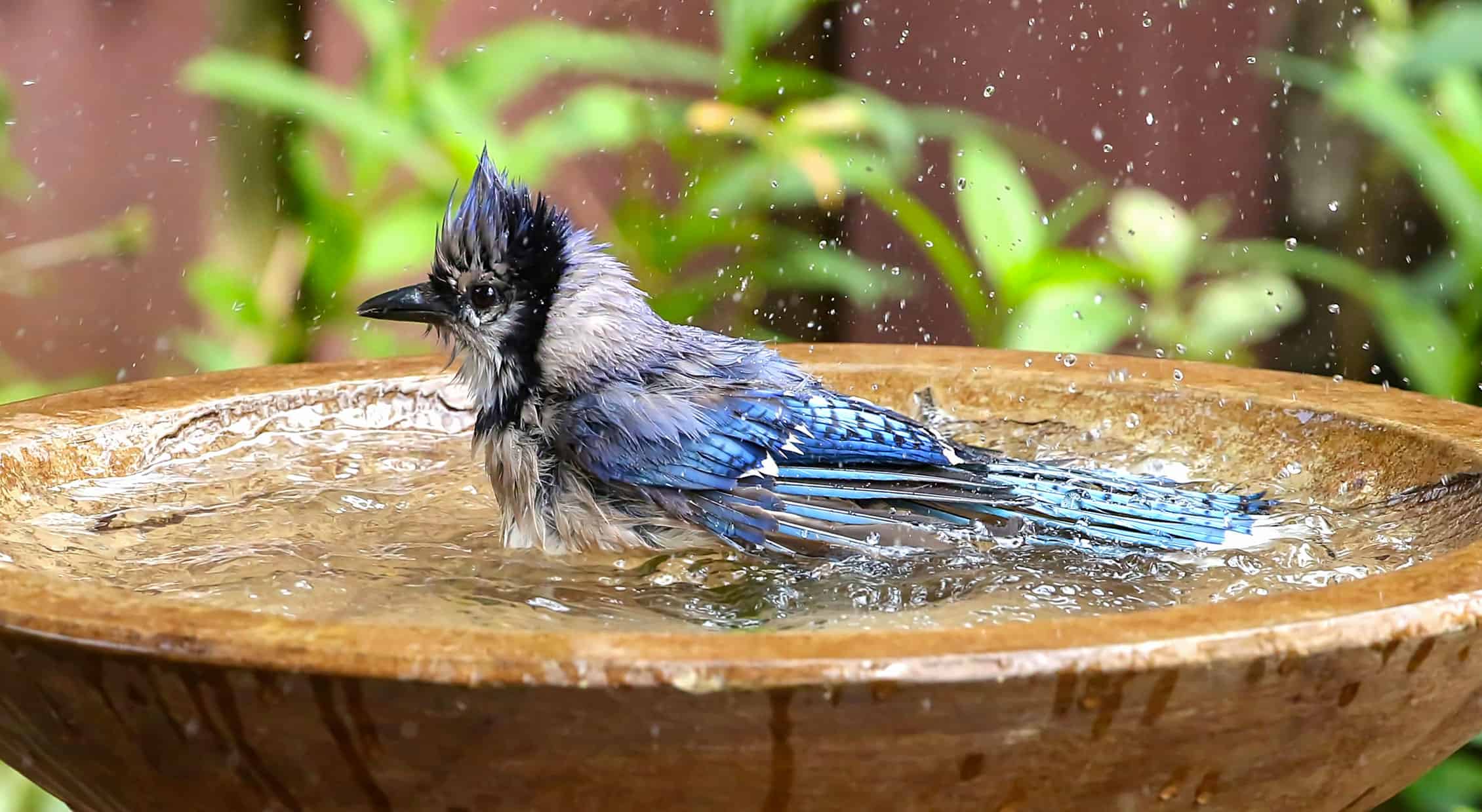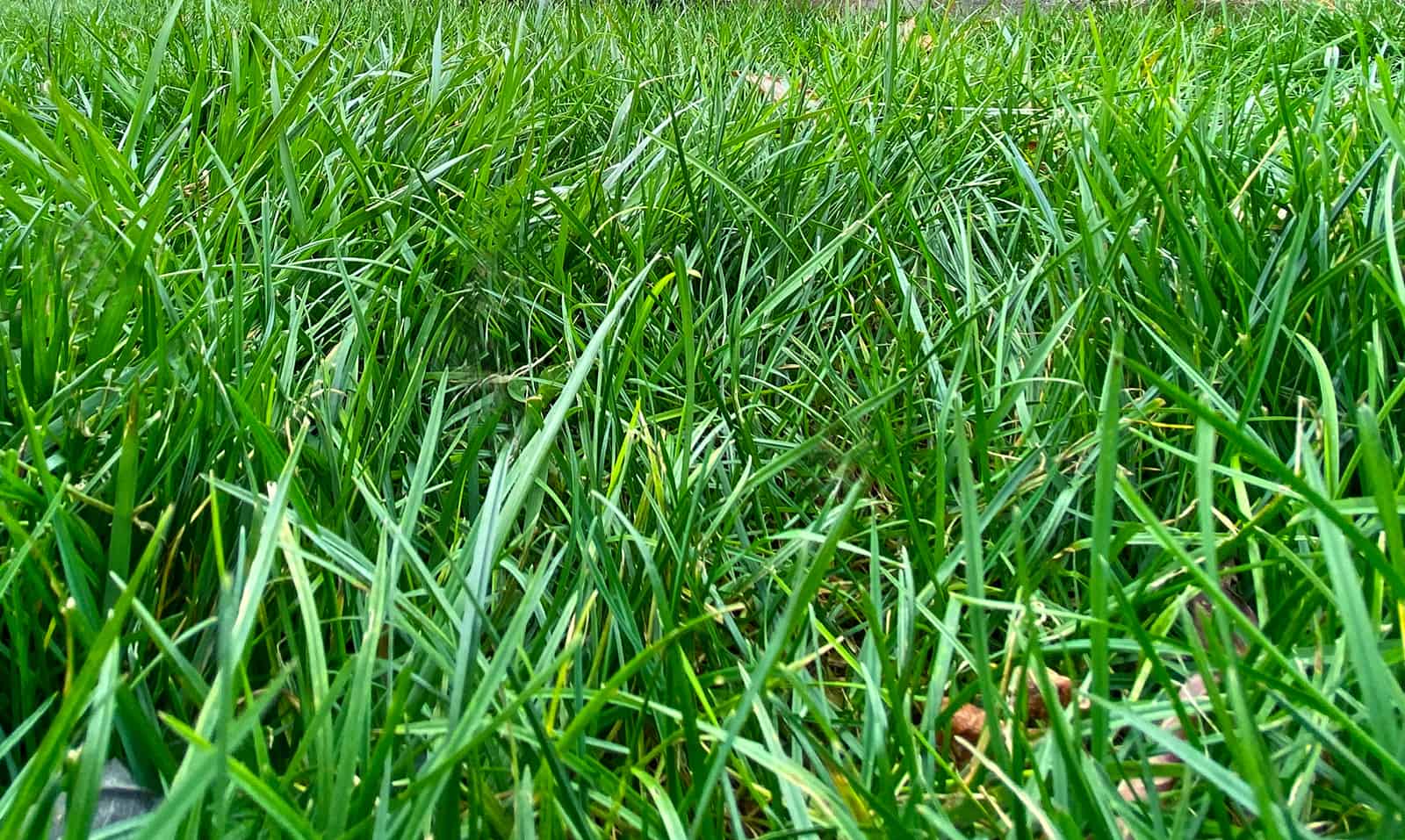[ad_1]
By Visitor Writer Rachel Perez
In case your yard suffers from poor drainage or soil erosion, then you definately would possibly discover areas of standing water after heavy rain. From gathering stormwater air pollution to making a breeding floor for mosquitoes, standing water may cause many issues.
Happily, there’s a sensible answer that may not solely resolve your garden drainage points however may even assist the atmosphere. In simply sooner or later, any home-owner can flip their yard’s standing water and gradual drainage into an eyecatching boon for the native ecology. With that in thoughts, right here’s how you can construct the final word rain backyard.
What’s a Rain Backyard?
Put merely, a rain backyard is a purposely-built space of a yard designed to facilitate drainage. In some circumstances, soil erosion and compaction create areas of the yard that now not drain. When it rains, these areas permit storm runoff (generally polluted) to gather in low spots of a yard. Utilizing simple landscaping strategies and native crops, a rain backyard turns these low-lying, compacted areas of your yard into spots with pure drainage and loads of pure filters. This permits the stormwater to empty, filtering out chemical and waste pollution earlier than they attain native waterways, and avoids the hazards of standing water (mosquito breeding grounds and putrid smells).
Not solely do rain gardens promote the expansion of pure crops, however they’re additionally engaging to native wildlife. Briefly, rain gardens make nice pure habitats in your yard. Additionally, since rain gardens assist handle water runoff, your state or metropolis might supply tax credit.
How Does a Rain Backyard Work?
Putting in a rain backyard is like including infrastructure to your yard. The strategic placements of shrubs, crops, and bushes create a root system that absorbs water and passes the vitamins alongside to the crops. This helps create a pure water cycle that permits for correct drainage and pure progress.
Methods to Construct a Rain Backyard
One of the engaging options of a rain backyard is how simple it’s to construct. With minimal upkeep required, a rain backyard will thrive as nature supposed. However as with all profitable challenge, analysis is vital and requires a little bit of planning earlier than you break floor.
Examine and Put together the Space
Step one is figuring out one of the best space on your rain backyard. These are often on the backside of slopes, or in a low-lying melancholy that’s susceptible to flooding.
Take note of yard areas that catch many of the runoff from the home roof and downspouts. If potential, construct your backyard inside 30 toes of the downspout or roof drainage for max effectivity. Hold the rain backyard not less than 10 toes from your private home’s basis to keep away from water seeping into your basis partitions.
You’ll additionally need to keep away from areas in heavy shade. A rain backyard wants not less than partial daylight (ideally direct) so the water not solely absorbs into the bottom but additionally evaporates as shortly as potential. An excessive amount of shade will gradual the method down.
Lastly, contact your utility firm to keep away from buried traces earlier than you begin digging. Whereas ready for them to mark protected zones, take a soil pattern and establish its composition.
Establish Soil and Native Plant Sorts
Figuring out the soil composition is a vital step in making certain correct drainage. Particularly, you will want to find out in case your soil is sand, clay, or loam-based. You may ship your soil for an official soil take a look at, or it may be finished with a easy really feel take a look at. Simply roll some moist soil in your arms and observe what occurs to it once you squeeze it. If the soil disintegrates like sand, then it’s sand. If it sticks collectively, then it’s clay. If it’s clean however crumbly, then you definately’ve bought loam.
Your soil sort helps decide the minimal dimension of your rain backyard. Clay-based soil is gradual to empty, so it should want extra floor space; sand is fast-draining, so it may be small however efficient; loam soils are common drainers. Nevertheless, with the addition of sand or different substrates, loam-based rain gardens can enhance their absorption charges.
When you’ve recognized your soil sort, it’s time to resolve on which crops will thrive in your rain backyard. Native crops, together with water-loving flowers, shrubs, and bushes, are necessary rain backyard options. They’re naturally low upkeep, as they’ve developed in your space over millennia, together with native wildlife and climate circumstances.
Although people might not see it, native crops have a fancy and complementary relationship with one another. This native ecosystem is chargeable for water drainage, pollinator assist, and wildlife assist. Briefly, native crops are hearty, simple to develop, and completely tailored on your native circumstances. They appeal to native birds, mammals, and pollinators, hardly ever require fertilizers, and look stunning.
Plant and Keep your Rain Backyard
Now that your soil sort and have recognized your native crops, it’s time to panorama. The rain backyard ought to vary from 4 to eight inches deep, relying on the grade (a steeper grade needs to be dug deeper to accommodate extra water). The middle needs to be the deepest half, and all the rain backyard needs to be stage.
Plant the hardiest, drought-resistant native crops within the middle. Much less tolerant crops ought to line the skin of the backyard.
Moreover, make sure to:
- Correctly area crops to encourage deep root progress.
- Mulch the rain backyard to suppress weeds.
- Use stones of assorted sizes to gradual erosion.
- Winterize with further mulch (rain gardens will proceed working with snow).
After 2-3 years, your rain backyard will probably be a self-sustaining ecosystem. Weeds will probably be crowded out, and your rain backyard’s crops will probably be diverting and filtering polluted and extra rainwater.
Rain gardens are a protected answer to your yard’s drainage points. Removed from the trouble of digging irrigation trenches, gravel drains, or drainage culverts, a rain backyard will handle stormwater successfully and turn into a gorgeous wildlife sanctuary.
For extra particulars, see How To Construct a Rain Backyard Step-By-Step at Residence Advisor
Writer’s Bio: Rachel Perez is a graduate of New York College who contributes to residence enchancment, landscaping, and renovation articles. When not writing, she enjoys gardening together with her household and spending time within the Florida sunshine.
[ad_2]










